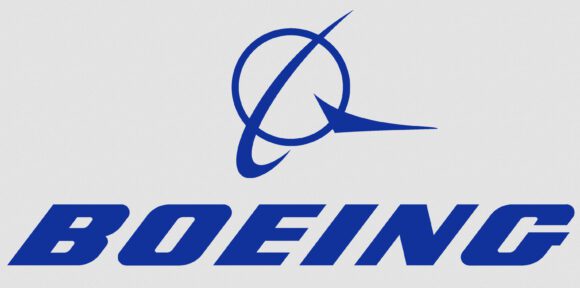
Boeing HQ
A relatively quiet day for Boeing news was highlighted with complaints by Ryanair regarding the inability to obtain Boeing aircraft on the dates promised. Stories that talk about delivery delays costing it millions of tickets, and that new Boeing management ‘continues to disappoint” indicate the level of frustration of the carrier.
But, just like Southwest, Ryanair shares a degree of blame for their situation by putting all its eggs into one basket. While it may be cheaper to utilize only one family of aircraft for their operations, it also opens the company to risk in the event something happens to that single vendor. Plus, once a fleet reaches critical mass, typically over 100 airplanes, two fleets will result in costs similar to operating one fleet, with diminishing scale economies as fleets grow.
However, spreading the risk would allow right-sizing of aircraft to routes (e.g. an A220 or E2Jet for lower density routes) and result in a more efficient network. It would also enable growth as relationships with more than one vendor would enable a rapid competition in the event one party couldn’t delivery on time. Neither Ryanair nor Southwest, who utilize a single fleet type from Boeing, have appropriately evaluated the risks of delayed aircraft deliveries, and are suffering the consequences as a result. Imagine the low cost profile of Ryanair operating A321neos or E2-195s instead of 737-8-200s in multiple markets.
In other Boeing news, KLM is switching out Boeing for Airbus in its narrow-body fleet, citing a ‘cleaner, quieter, more economical” aircraft program. KLM has traditionally been a major Boeing customer, but times have changed and he carrier is looking at the more modern A321neo in the middle of the market segment that Boeing created and later abandoned. Boeing’s ill fated strategy to not build a new MoM airplane but instead leverage existing programs (MAX) backfired badly and left the company at a competitive disadvantage that will take a decade or more to correct.
Boeing has released its Commercial Market Outlook for China, estimating that China’s commercial fleet will double over the next 20 years. China is expected to have the highest demand for air travel by that time, taking over from the United States as China grows its middle-class. Middle-class populations travel, and create demand for airliners and airlines. At the same time, Comac is working with Honeywell in preparation for a ramp-up to 300 airliners over the next four years, or 6.25 aircraft per month.
While that pales in comparison with Boeing, every C-919 sold represents an Airbus or Boeing aircraft that is not sold. With more than 1,000 orders, the C919 will be a success domestically, and has already signed its first international customer with nearby Brunei’s GallopAir ordering the type. 1,000 airliners at $100 million each represents $100 billion in backlog – not bad for a new player. While it will take COMAC a while to catch up with Airbus and Boeing, it is on track to turn the duopoly into an oligopoly within a generation.
Links to today’s key stories follow:
- Ryanair says Boeing delivery delays costing it millions of ticket sales – YEN
- Ryanair: New Boeing management ‘continues to disappoint’ – Reuters
- KLM switching Boeing for Airbus in “cleaner, quieter, more economical” program – NL Times
- Boeing: China’s commercial air fleet will double by 2043 – eTurboNew
- Honeywell preparing for COMAC ramp-up – Aviation Week
Views: 7




